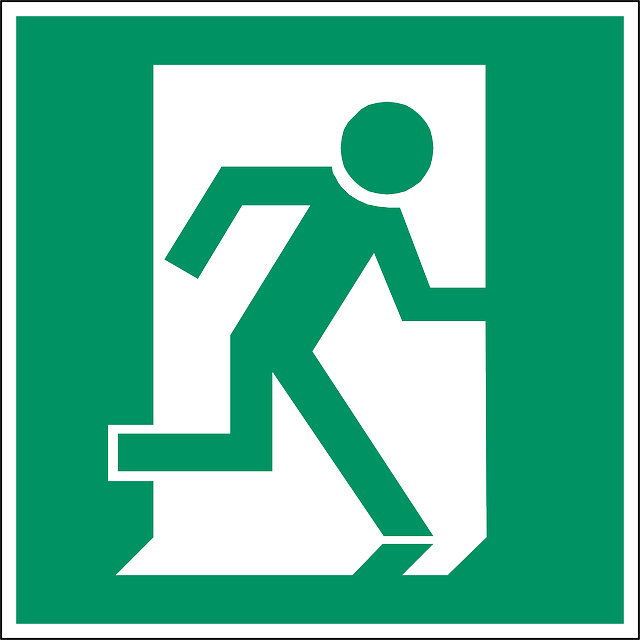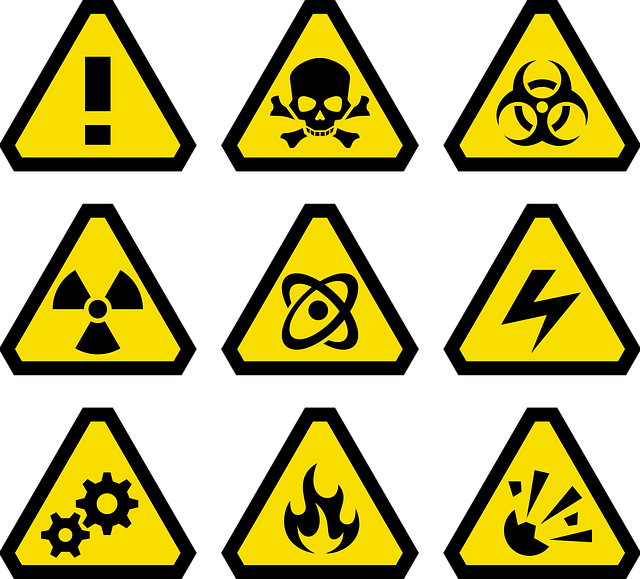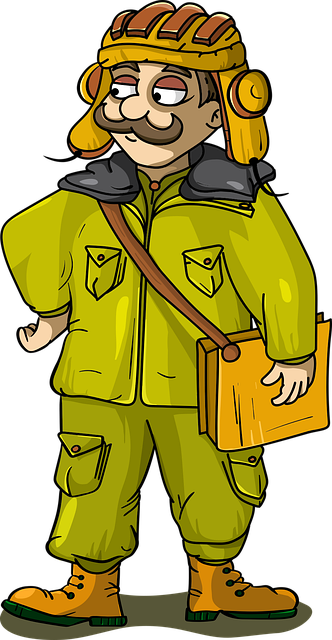Regional Hazmat Teams in the Northwest rely on cutting-edge technology like the Northwest Hazmat Simulator to master specialized training for hazardous material incidents. This simulator replicates diverse regional challenges, from tank rollover scenarios and emergency spill containment to fire response simulations. It enhances preparedness, ensuring teams can handle minor to catastrophic events with precision and efficiency tailored to northwest communities. The Northwest Tank Truck Simulator and Emergency Spill Simulator, integrated with fire training simulators, offer immersive, risk-free practice for first responders across the region.
In today’s digital era, effective hazard material (hazmat) team training is more crucial than ever. Navigating complex scenarios demands specialized equipment that mirrors real-world challenges. This article explores the importance of regional hazmat team rollover training equipment, focusing on innovative tools like the Northwest Hazmat Simulator. We delve into benefits, including emergency spill and fire simulation, and guide you through choosing the right simulator to enhance response readiness in the Pacific Northwest and beyond.
- Understanding Regional Hazmat Team Training Needs
- The Northwest Hazmat Simulator: A Cutting-Edge Tool
- Benefits of Tank Rollover Training Simulators
- Integrating Emergency Spill and Fire Simulation
- Choosing the Right Equipment for Effective Training
- Best Practices for Implementing Rollover Training Programs
Understanding Regional Hazmat Team Training Needs

In the dynamic landscape of emergency response, Regional Hazmat Teams play a pivotal role in mitigating hazardous material incidents across diverse terrains, from sprawling urban centers to rugged northwest landscapes. Understanding their specific training needs is paramount. These teams require specialized equipment that mirrors real-world scenarios, such as the Northwest Hazmat Simulator, designed to replicate the unique challenges posed by regional geography and climate. Equipment like this enables comprehensive training for regional tank rollover situations, emergency spill containment, and even fire response simulations using the Northwest Fire Training Simulator.
The Northwest Tank Truck Simulator, for instance, offers a controlled environment to hone skills in handling tank trucks, crucial for responding to industrial accidents or transport emergencies. By utilizing these cutting-edge tools, Hazmat Teams can enhance their readiness, ensuring they’re equipped to handle any contingency, from minor spills to catastrophic events, with the precision and efficiency demanded by northwest communities.
The Northwest Hazmat Simulator: A Cutting-Edge Tool

The Northwest Hazmat Simulator is a cutting-edge tool designed to revolutionize regional tank rollover training for hazardous materials teams. This advanced technology offers a realistic and controlled environment, enabling trainees to navigate complex scenarios without putting themselves or others at risk. With its ability to simulate various emergency spill situations, from small leaks to catastrophic failures, the simulator provides invaluable practice for fire departments, law enforcement, and other first responders across the Northwest.
As a comprehensive hazmat training prop, the Northwest Hazmat Simulator encompasses both visual and interactive elements, creating an immersive experience. Trainees can operate a detailed tank truck model, practicing critical skills like vehicle stabilization, containment procedures, and personal protective equipment use. This simulator not only enhances technical proficiency but also fosters better decision-making under pressure, ensuring that teams are prepared to handle real-world incidents with confidence and efficiency.
Benefits of Tank Rollover Training Simulators

Tank rollover training simulators offer a safe and controlled environment for regional hazmat teams to prepare for real-world emergency situations. These advanced training tools mimic the physics and dynamics of tank rollovers, enabling first responders to learn and perfect their skills without risking personnel or environmental harm. By utilizing northwest hazmat simulator technology, teams can enhance their ability to quickly and effectively manage hazardous material spills, a crucial aspect of emergency response in areas with high industrial activity.
The benefits extend beyond spill response. Fire training simulators integrated into these systems allow firefighters to practice complex rescue operations, improving their coordination and decision-making during high-pressure incidents. Moreover, the northwest tank truck simulator provides a versatile platform for training various scenarios, from routine maintenance checks to unexpected overturns, ensuring that regional hazmat teams are prepared for a wide range of challenges. This comprehensive approach to hazmat training prop northwest not only boosts team readiness but also contributes to the overall safety and resilience of communities across the region.
Integrating Emergency Spill and Fire Simulation

In the dynamic landscape of hazardous materials (hazmat) management, integrating cutting-edge simulation technology is revolutionizing training for regional hazmat teams. The Northwest Hazmat Simulator stands as a game-changer, offering immersive emergency spill and fire simulation experiences tailored to prepare first responders in the Pacific Northwest. This state-of-the-art equipment facilitates realistic tank rollover scenarios, enabling teams to hone their skills in containing and mitigating potential disasters.
With its advanced capabilities, the simulator provides a safe and controlled environment for participants to navigate complex situations. The emergency spill simulator replicates various fluid types, while the fire training simulator offers scorching heat and visual effects, preparing crews to react swiftly and effectively during real-world incidents. Whether it’s a hazardous chemical leak or a blazing tank truck rollover, the Northwest Tank Truck Simulator ensures regional hazmat teams are ready to respond promptly and efficiently, making their communities safer.
Choosing the Right Equipment for Effective Training

Selecting the appropriate equipment is paramount for effective regional hazmat team rollover training. In the Northwest, where diverse landscapes and challenging conditions are common, a versatile simulator like the Northwest Hazmat Simulator becomes an invaluable asset. This cutting-edge technology replicates real-world scenarios, allowing teams to practice emergency responses, including tank rollover situations, chemical spills, and fire incidents. By simulating various hazardous materials and environments, the simulator enables trainees to gain hands-on experience without risking their safety or the environment.
The Northwest Tank Truck Simulator, for instance, offers a realistic platform for training in tank rollover prevention and recovery. It provides an immersive experience, enabling teams to learn proper securing techniques, emergency procedures, and safe handling of hazardous materials. Coupled with the Emergency Spill Simulator Northwest, these tools facilitate comprehensive hazmat training that prepares regional teams for unexpected events, enhancing their ability to respond swiftly and effectively.
Best Practices for Implementing Rollover Training Programs

Implementing effective rollover training programs for regional Hazmat teams is a multifaceted process that requires careful planning and best practices to ensure safety and preparedness. One key component is utilizing advanced simulation equipment, such as the Northwest Hazmat Simulator, which recreates real-world scenarios, including emergency spill situations and fire training simulations. These simulators offer a controlled environment to train personnel on responding to tank rollover incidents, enabling them to practice various techniques without risking personal harm or environmental damage.
Additionally, regular maintenance and updates of training equipment are essential. The Northwest Tank Truck Simulator, for instance, should be calibrated periodically to ensure accurate performance. Incorporating feedback from trainees and staying current with industry standards and regulations is vital. Regular debriefings after each training session allow team members to discuss lessons learned, enhancing their collective response capabilities. Moreover, interagency collaboration can enrich training programs by exposing teams to diverse scenarios and best practices from other regions, fostering a more comprehensive emergency preparedness strategy across the Northwest.






